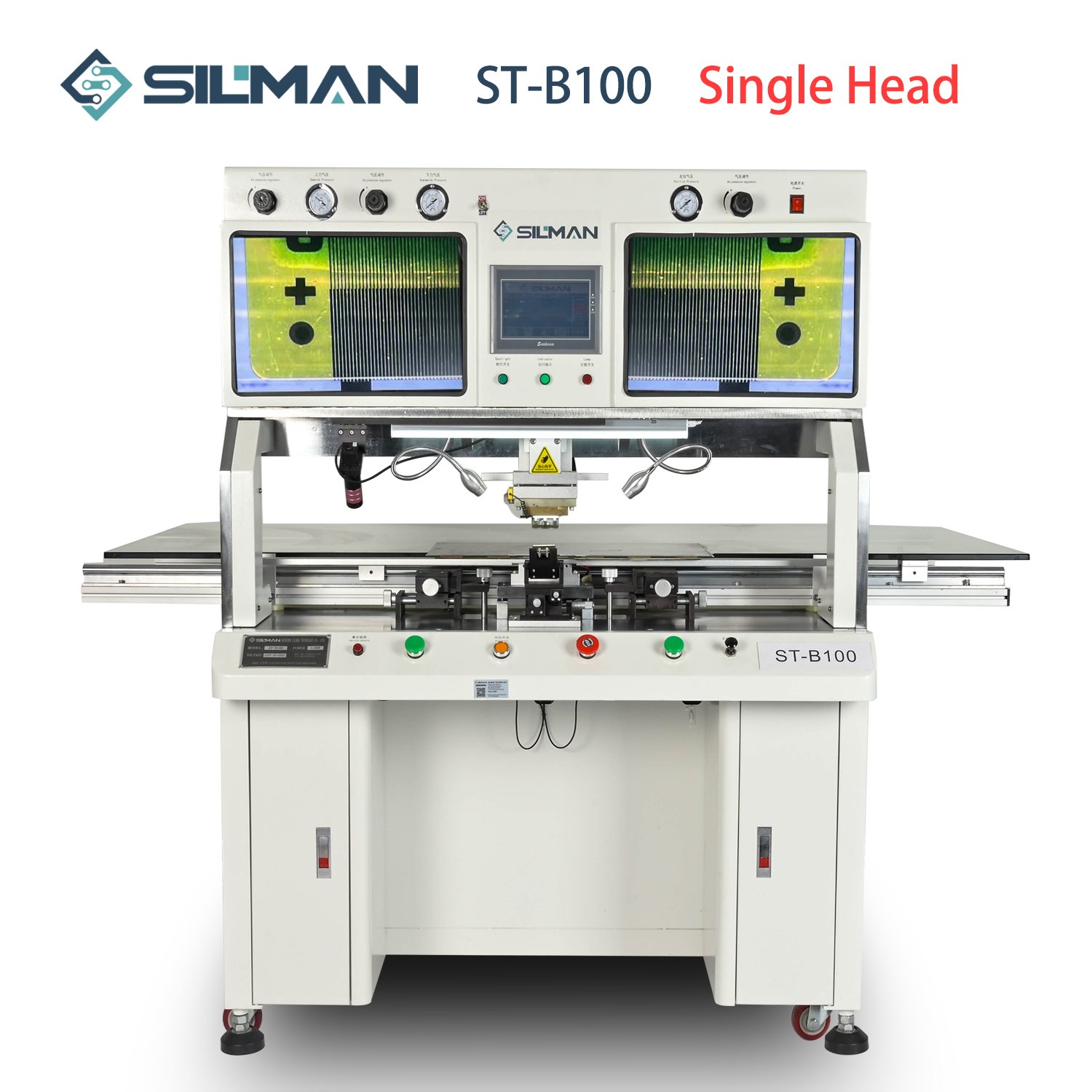Do you know the basic principle of the popular BGA rework station? What are the key factors to improve the BGA rework yield? Don’t worry, Silman Tech has compiled the following article for your reference:
The BGA rework station is a specialized equipment used for repairing and desoldering BGA components and other chips, which is frequently used in the SMT industry. Let’s analyze the key factors to improve the BGA rework yield.
BGA rework stations can be divided into optical alignment rework stations and non-optical alignment rework stations. Optical alignment refers to alignment using optics during soldering, ensuring accurate alignment during soldering and increasing the success rate of soldering; non-optical alignment relies on visual alignment, which may not achieve the same accuracy during soldering.
Currently, the standard heating method for domestic BGA rework stations generally consists of upper and lower hot air and bottom infrared preheating, referred to as the three-temperature zone. The upper and lower heating heads heat up through heating wires and blow hot air through nozzles to the BGA components. Bottom preheating can be achieved using dark infrared heating tubes, infrared heating plates, or infrared light wave heating plates.
Upper and Lower Hot Air:
Heating wires heat up to blow hot air through nozzles to heat the BGA components, and blowing hot air from both the top and bottom prevents the PCB from deforming due to uneven heating. Some people may consider using a hot air gun with a nozzle instead of this part. I personally suggest against it because the temperature of the BGA rework station can be controlled according to the set temperature curve, and using a hot air gun may make it difficult to control the soldering temperature, thereby reducing the success rate of soldering.
Bottom Infrared Heating:
Infrared heating mainly serves the purpose of preheating, removing moisture from the PCB and BGA internals, and effectively reducing the temperature difference between the heating center and the surrounding area, thereby reducing the probability of PCB deformation.
Bracket and Fixture of BGA Rework Station:
This part mainly supports and fixes the PCB, playing an important role in preventing board deformation.
Temperature Control:
When desoldering and soldering BGAs, temperature control is crucial. Excessive temperature can easily damage BGA components. Therefore, the rework station generally does not use instruments for control but adopts PLC control and full computer control, which can dynamically adjust the temperature. When repairing BGAs with the rework station, the main focus is on controlling the heating temperature and preventing PCB deformation. Only by doing these two parts well can the success rate of BGA rework be truly improved.
So, the above is an introduction to the basic principle of the BGA rework station and the key factors to improve the BGA rework yield. I hope it can help you!
